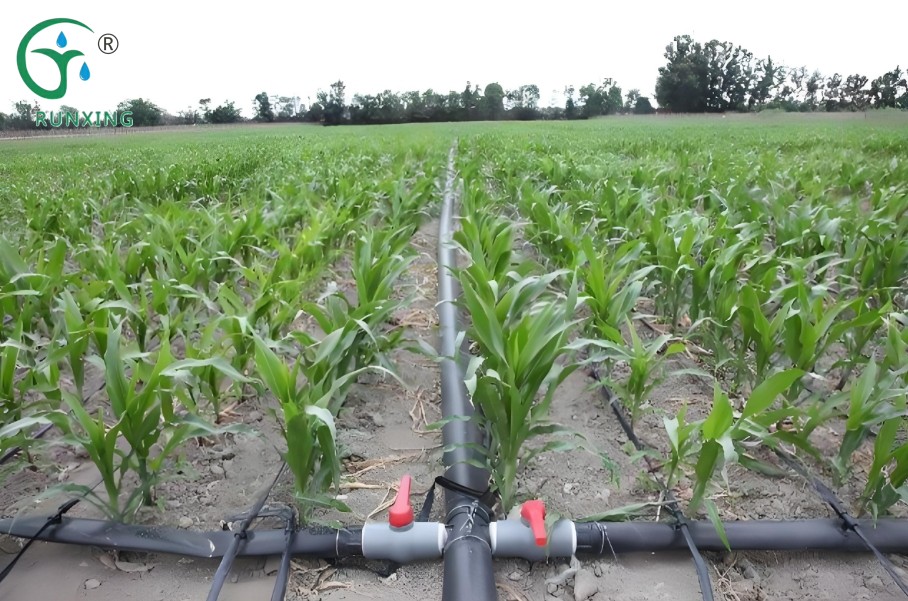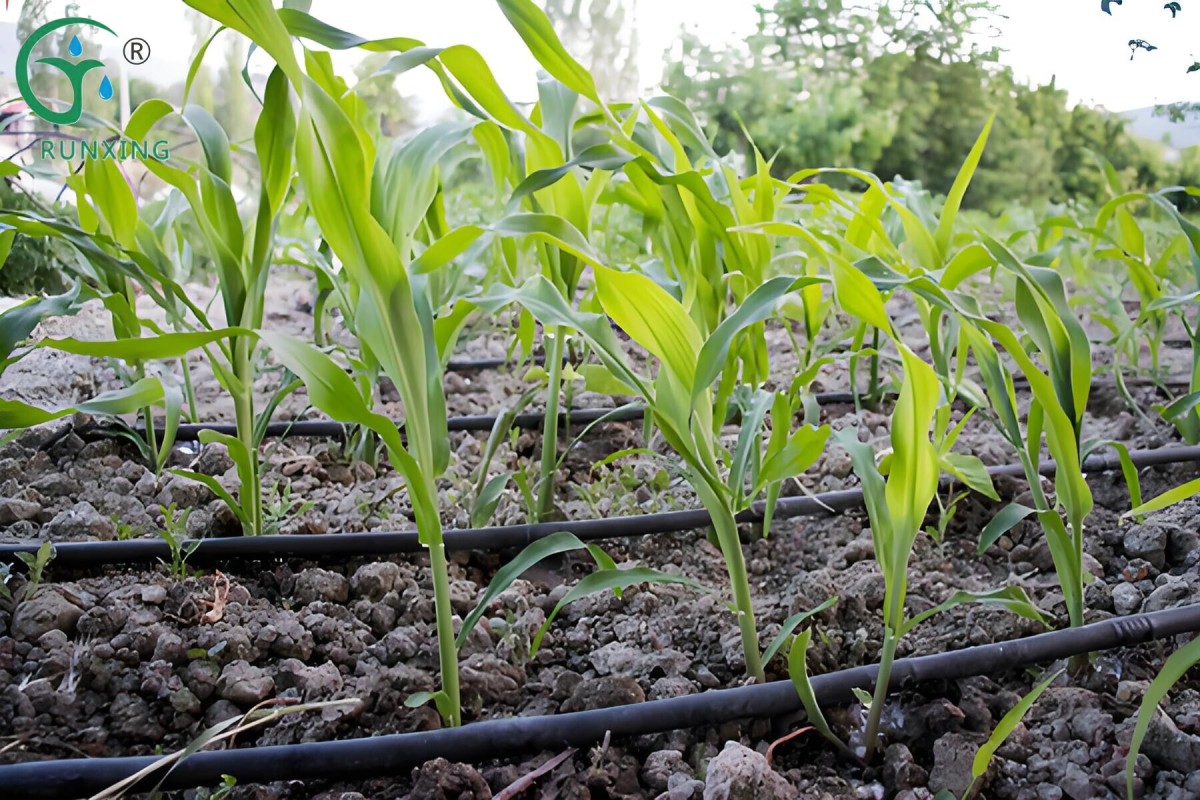Corn Cultivation and Drip Irrigation Facilities in South America: A Science Outreach
In the farmlands of South America, corn serves as a vital crop, with its cultivation methods closely tied to local agricultural traditions, climatic conditions, and topographical features. In arid regions or areas with limited water resources, drip irrigation facilities have emerged as crucial tools for enhancing corn yields and maintaining soil moisture. So, is drip irrigation necessary for corn cultivation in South America? The answer is yes, especially in regions where water resources are scarce or unevenly distributed, making drip irrigation technology particularly significant.

The Importance and Equipment Selection for Drip Irrigation Facilities:
The significance of drip irrigation facilities lies in their precise control over the supply of water and nutrients, effectively reducing water evaporation and leakage, and improving water use efficiency. Furthermore, they provide uniform water distribution to corn, promoting its healthy growth.
Required Drip Irrigation Equipment:
Water Source: A stable water flow is provided by wells or reservoirs.
Filter: Prevents impurities from entering the drip irrigation system and clogging drippers.
Fertilizer Tank: Mixes fertilizer with irrigation water to achieve integrated water and fertilizer application.
Piping System: Includes main pipes, branch pipes, auxiliary pipes, and drip irrigation tapes. Main and branch pipes transport water to the field, while auxiliary pipes and drip irrigation tapes deliver water precisely to the corn roots.
Drip Irrigation Tape: Pressure-sealed semi-flexible tubing with drippers spaced about 30 cm apart to ensure uniform water distribution.
Installation Method:
Layout Planning: Based on the size and shape of the corn cultivation area, plan the layout of the drip irrigation system to ensure each drip irrigation tape covers the corn roots.
Pipe Installation: Install main pipes, branch pipes, and auxiliary pipes according to the planned layout.
Drip Irrigation Tape Laying: Lay drip irrigation tapes in furrows or where needed, ensuring they are naturally loose with the mulching film to prevent damage from tight stretching.
Connection and Testing: Connect drip irrigation tapes to auxiliary pipes and conduct system testing to ensure smooth water flow and no leakage.
Corn Cultivation Tips:
Land and Seed Selection:
Land Selection: Choose land with loose soil, deep soil layers, and a pH value between 6-8.
Seed Selection: Use high-quality corn seeds with strong resistance to lodging and diseases.
Sowing and Management:
Sowing: Use a one-hole multi-seed pneumatic precision planter to sow seeds directly into soil holes, with a row spacing of about 65 cm, plant spacing of about 18 cm, and sowing depth of about 5 cm.
Weeding and Cultivation: After seedling establishment, conduct timely cultivation to clear rows and stubble, promoting root growth. After 2-3 years of rotary tillage, conduct deep plowing to loosen soil by 35 cm.
Water and Fertilizer Management: Increase potassium fertilizer application, control water during the seedling stage, and apply nitrogen fertilizer and organic fertilizer in stages to improve corn's lodging resistance and yield.
Pest, Disease, and Weed Control:
Seedling Stage: Strengthen aphid control by using a 2000x dilution of 90% dichlorvos wettable powder for spraying.
Growth Stage: During the bell-mouthing stage, mix 50% phoxim emulsifiable concentrate with 70% carbendazim wettable powder and spray to reduce pest and disease damage.

By adopting drip irrigation facilities and scientific cultivation techniques, corn cultivation in South America can not only increase yields and quality but also effectively conserve water resources, achieving sustainable agricultural development. This science outreach aims to help you better understand corn cultivation and drip irrigation facilities in South America.
If you have any needs, please contact us.
About Us
We are dedicated to offering innovative, water-saving, and labor-saving irrigation solutions for agriculture worldwide. Our focus on quality and continuous innovation drives the development and progress of the industry
LOGO
This stunning beach house property is a true oasis, nestled in a serene coastal community with direct access to the beach.
Opening Hours
Monday - Friday : 9AM to 5PM
Sunday: Closed
Closed during holidays
Contact
+18888888888
hezuo@eyingbao.com123 West Street, Melbourne Victoria 3000 Australia
